Add a Jobsite
Go to Configuration and open the Jobsites module.
Click Add Jobsite.
Enter the Subject, Description, and Address.
Select Accessible Members (User or Team).
Set the Radius for geofencing.
Click Add to save.
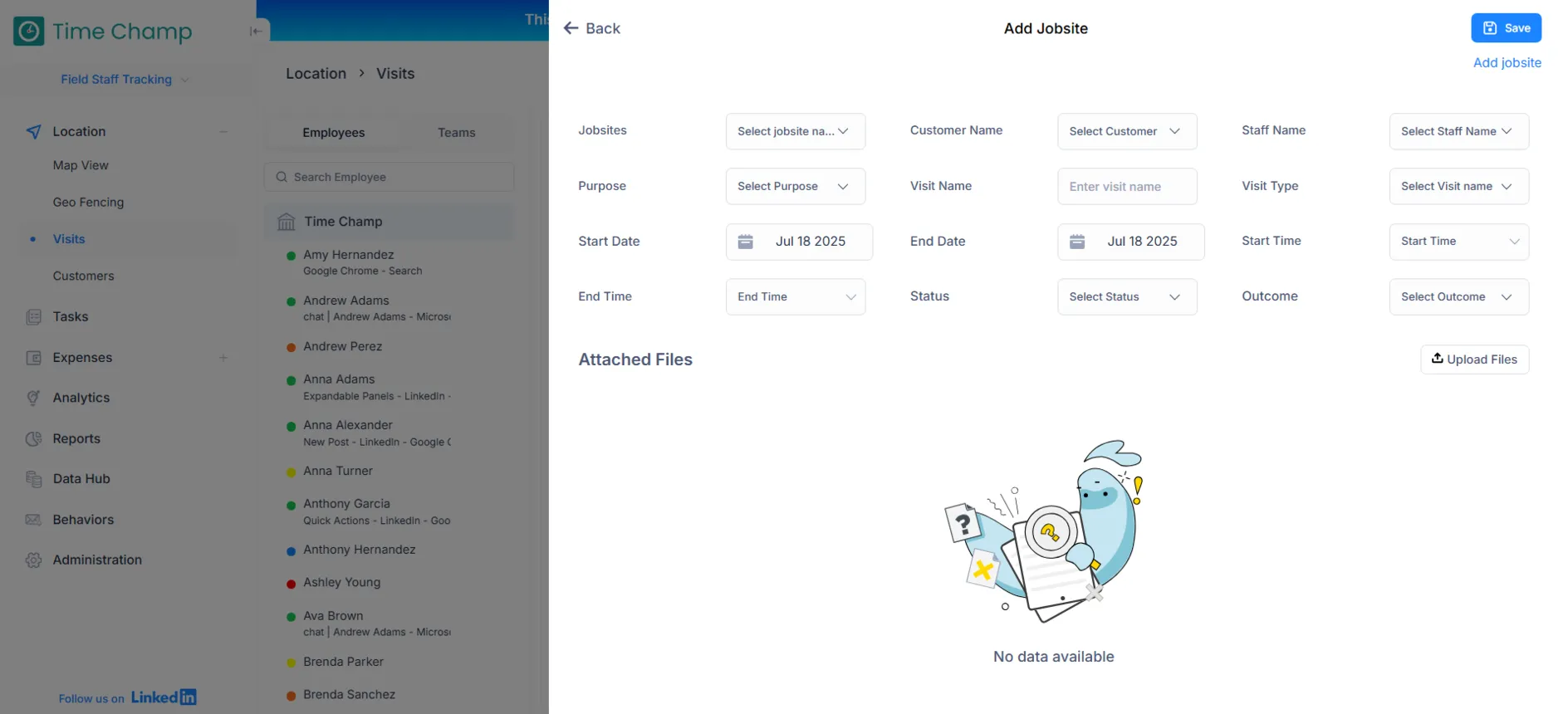
A simple geofence tracker to monitor team performance, spot attendance trends, and support coaching, recognition, and burnout prevention.
Clock in right, within the site!
Employees can only clock in or out within the assigned geo-fenced area, reducing false entries and ensuring accurate attendance automatically.
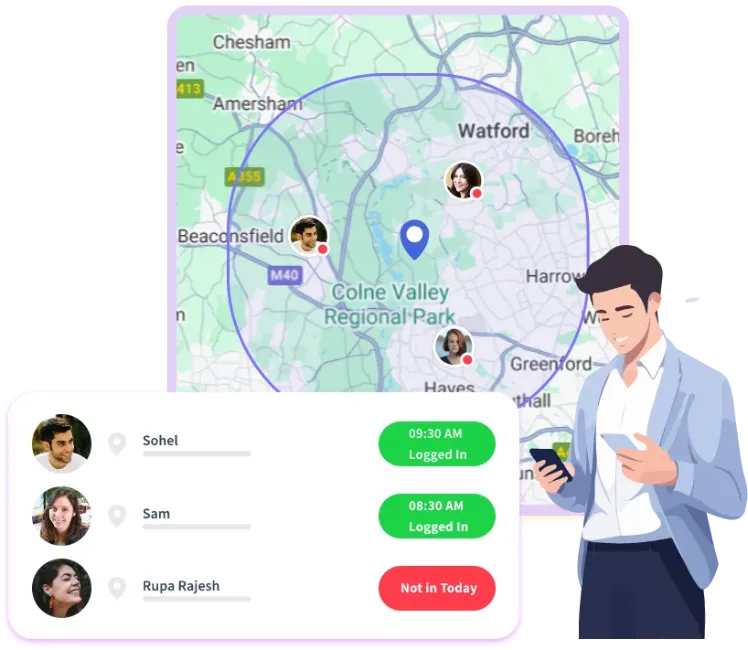
Zones your way, set rules each day!
Easily set geofence zones around offices, client sites, or project areas. Apply rules company-wide or only to specific teams working on-site.
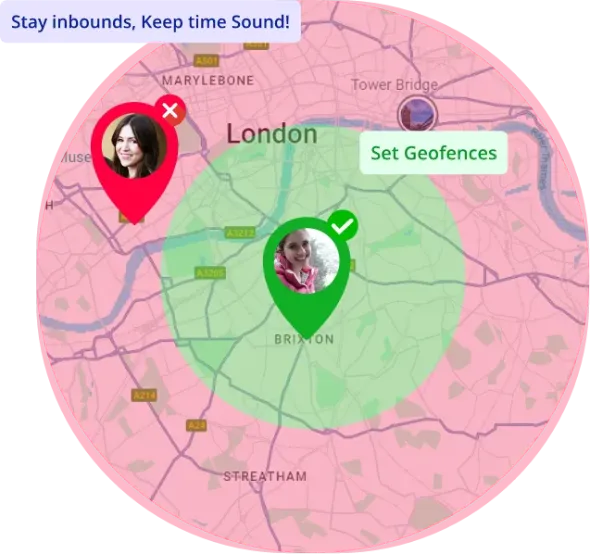
Start your way, auto or manual play!
Choose how tracking begins automatically when entering the geo-fence or manually with a timer. Stay flexible based on your team’s workflow.
Get a ping when you’re in, never miss a check-in!
Enable “Send Reminder” to alert employees as soon as they reach the job site. Prompt them to start tracking time and avoid missed punches.
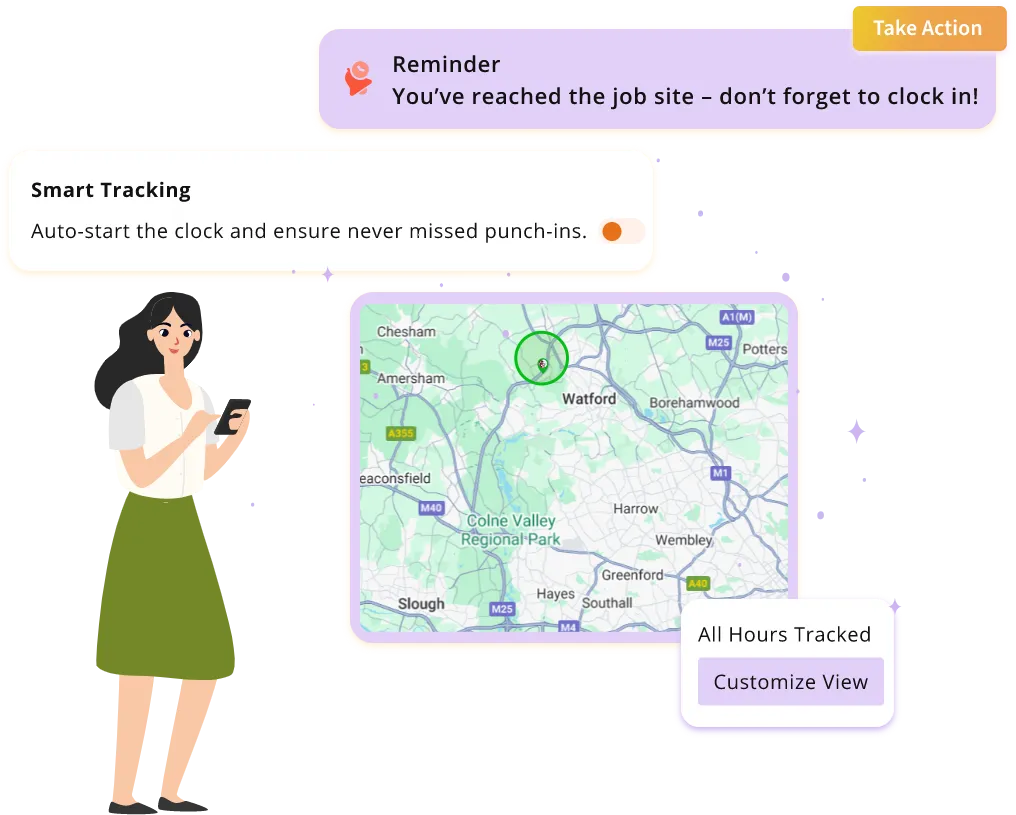
See zones live, where teams arrive!
See all your configured geo-fences on an interactive map. Click on any zone to view details, edit the location, or delete it as needed.
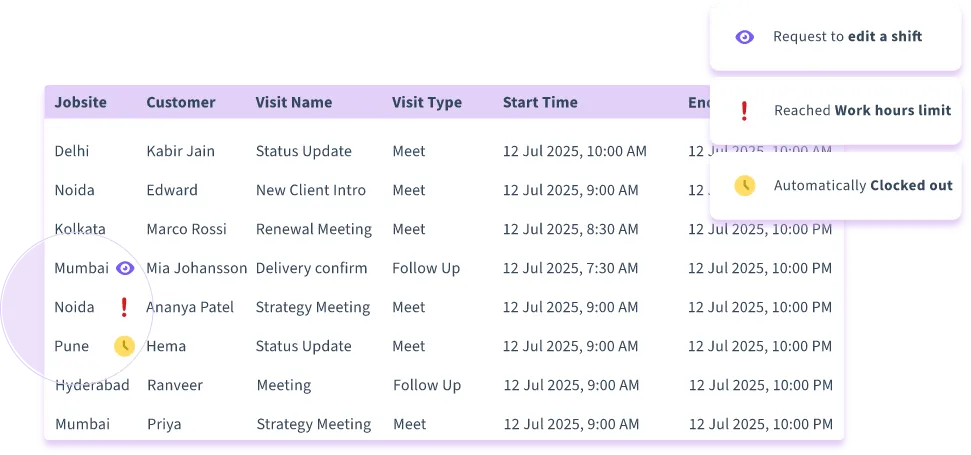
See who’s where, with updates to spare!
Track your team’s live location on an interactive map. Monitor task status and assign work instantly with up-to-date GPS tracking.

Track the past to plan fast!
View a detailed history of where employees have been, including time spent at each location. Gain insights to optimize routes and team productivity.
No Wi-Fi? Still standing by!
Low coverage or no Wi-Fi? Time Champ still tracks time in the background and syncs seamlessly once back online.
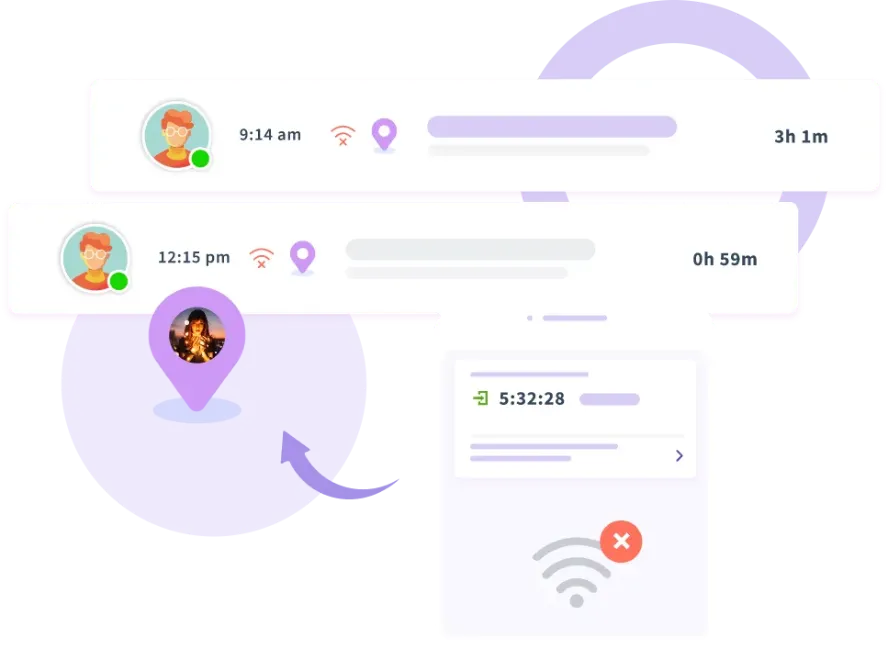
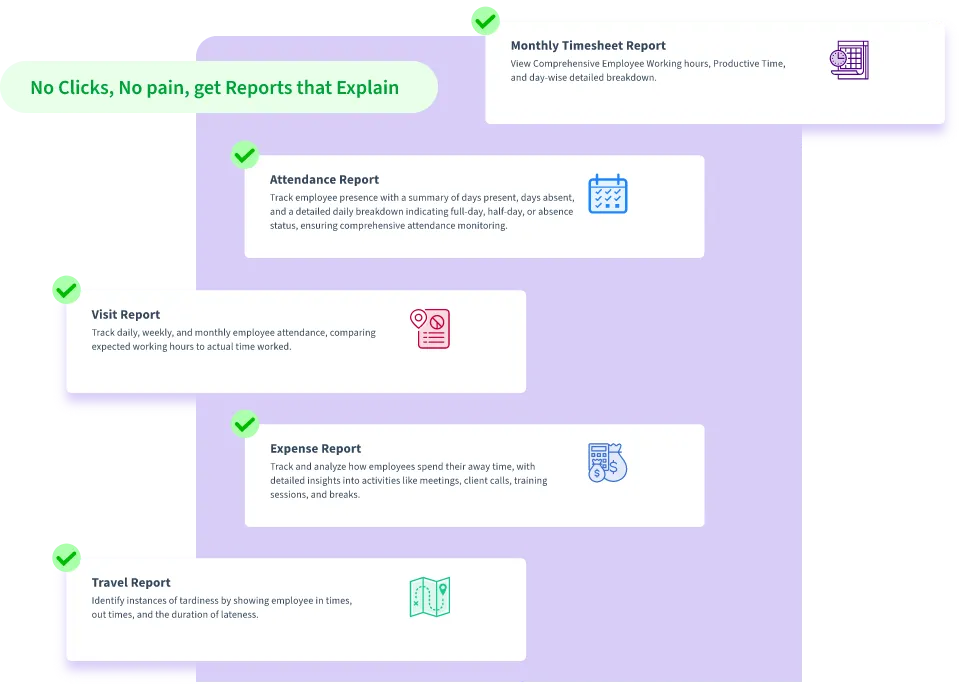
Reports that send, no need to hit 'send'
Set up reports to be sent automatically daily, weekly, or monthly in the format you prefer, making tracking and review completely hassle-free.
One clear sheet, your tracking’s complete!
Clock-ins, payroll hours, and overtime, all neatly organized in your timesheet. Make payroll easy and team tracking effortless.


Simple submissions, clear approvals
Employees can submit expense requests with attached documentation. Effortlessly review, approve, or reject claims, all from a centralized dashboard.
Verified site visuals, right from the field
Employees can upload files with real images from job sites related to specific tasks. Track work progress by individual or team to maintain transparency and trust.

Time Champ empowered organizations to track field teams with precision by using smart geofencing time tracking. It helped overcome manual errors, brought transparency, and simplified attendance tracking.
Here’s what made the difference:



Geo-Fenced Attendance Accuracy
Flexible Zone Controls
Live Zone Visibility
Employees were only able to clock in within assigned zones, which eliminated false entries and ensured all attendance was location-verified.
Managers had the ability to set up geo-fences around offices, client locations, or job sites, and tailored the rules based on team roles and work locations.
All configured zones were displayed on an interactive map, allowed managers to easily view, update, or remove them as project needs evolved.
Visit the https://www.timechamp.io/ and log in with your admin account. If you're new, just sign up using your email, it's quick and easy!
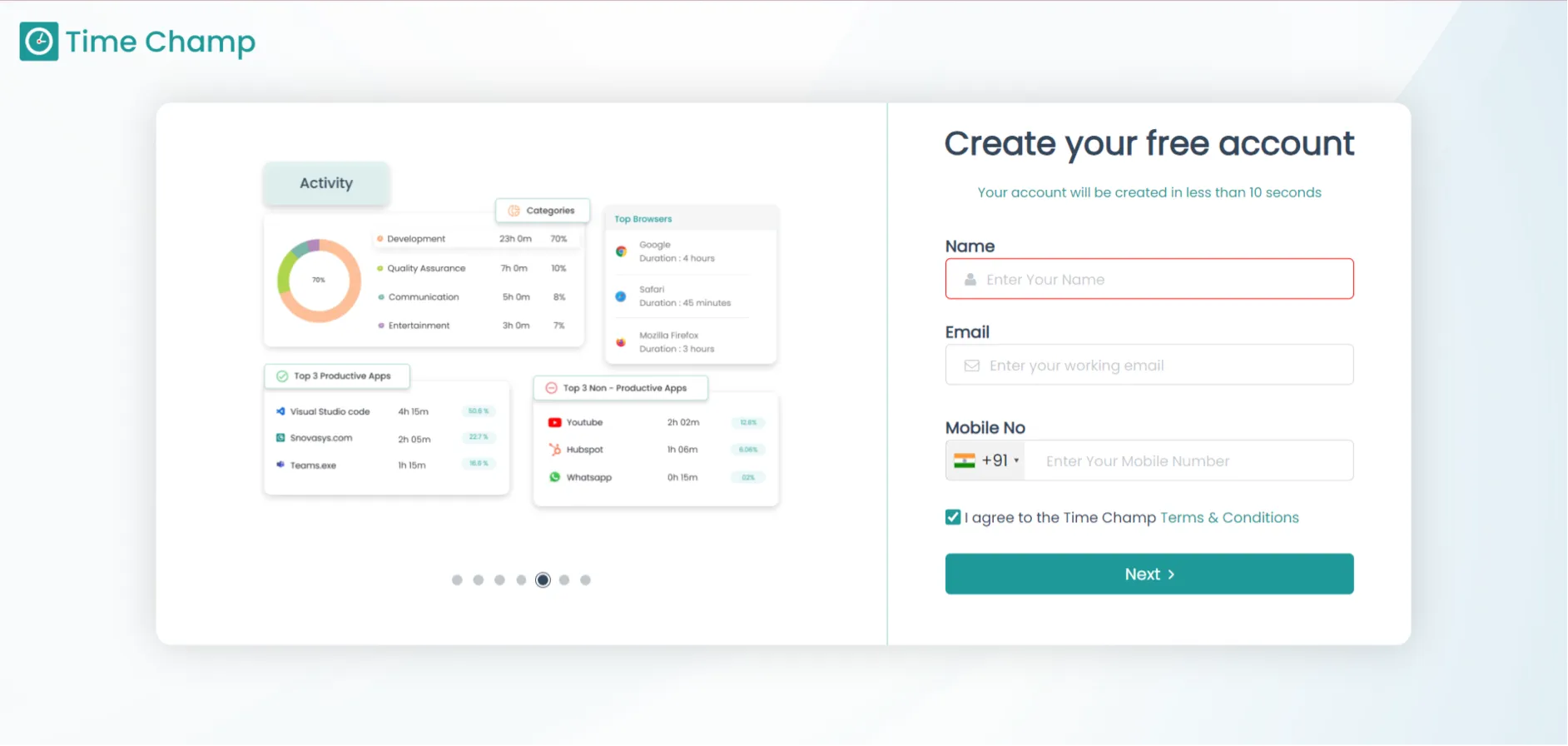
Go to Configuration and open the Jobsites module.
Click Add Jobsite.
Enter the Subject, Description, and Address.
Select Accessible Members (User or Team).
Set the Radius for geofencing.
Click Add to save.

Launch the Time Champ app on your mobile device and head to the Projects tab.
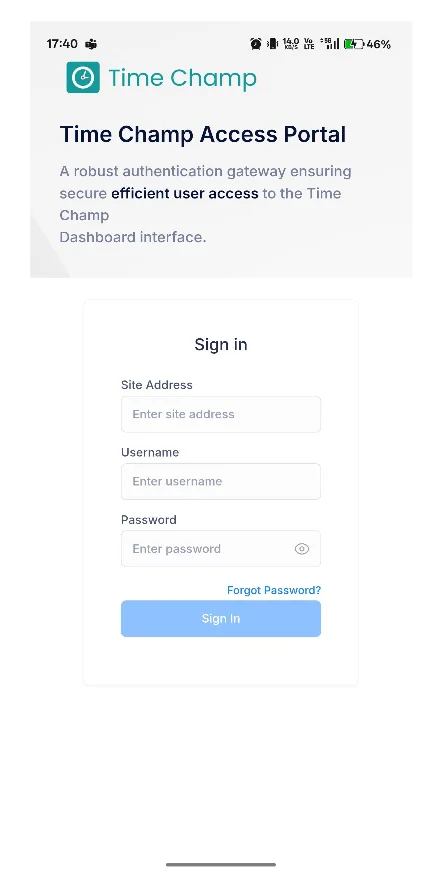
Choose a task from the list. The timer will activate automatically based on your jobsite settings, and location tracking will start via GPS.
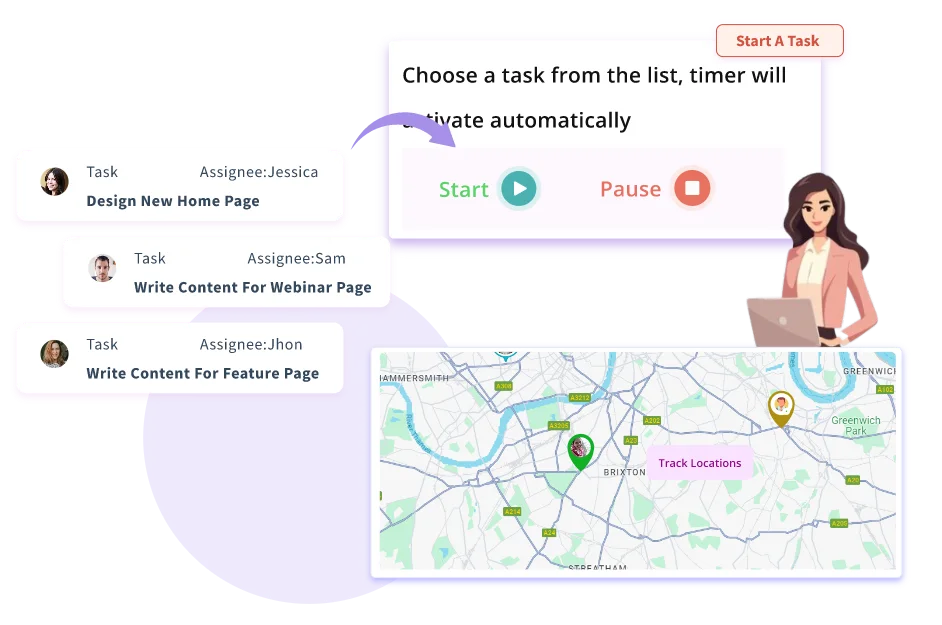
Time Champ will use GPS to track location during work hours, providing insight into when and where tasks are performed.
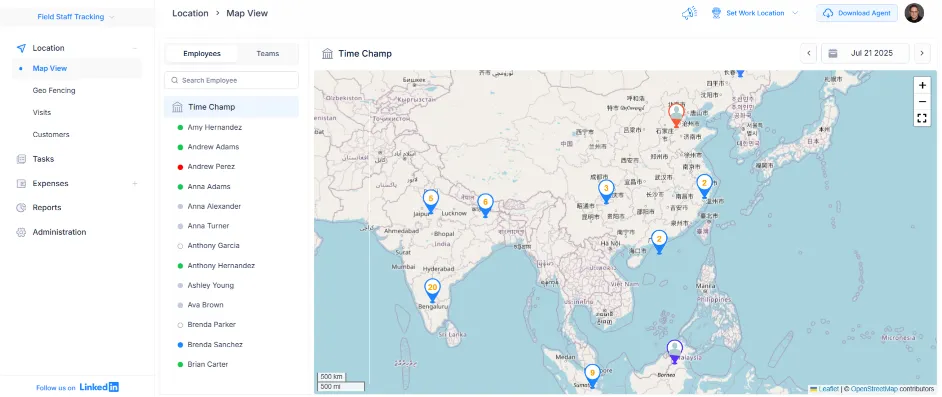
Easily create and export comprehensive reports for accurate tracking and efficient analysis.
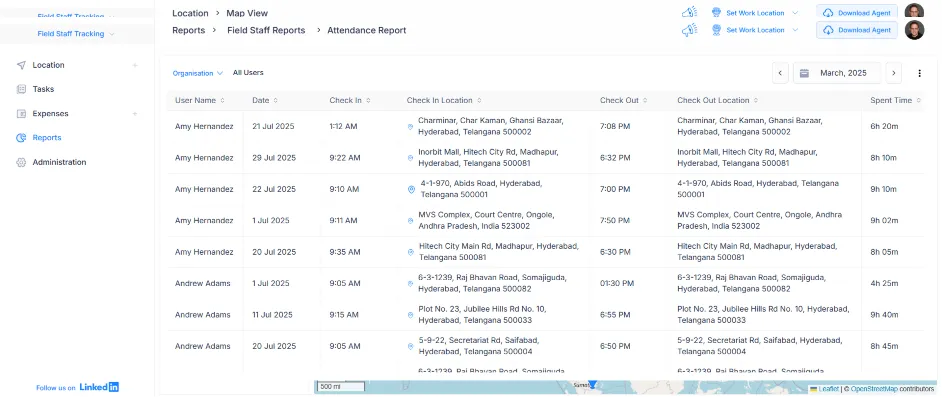
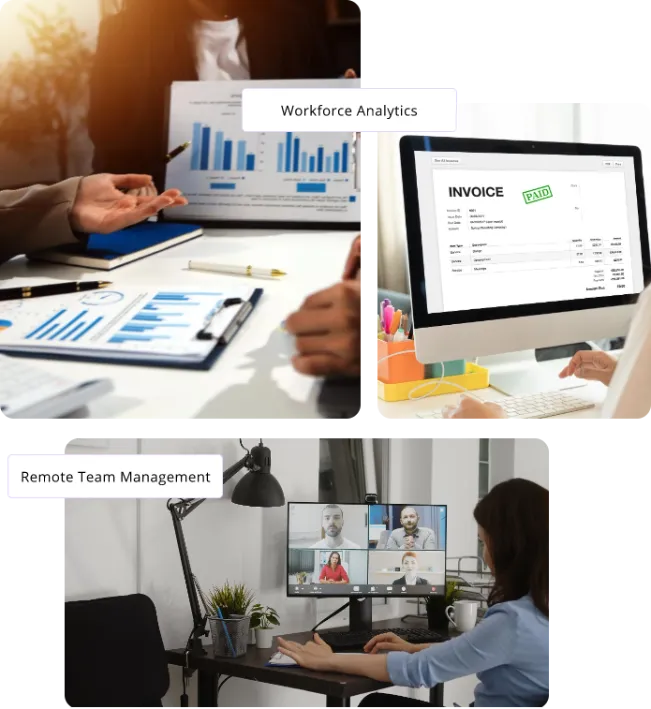

Prithvi Ram Raj Garga
Assistant Manager

Bhupinder Behl
Director at Knack Global
Ready to Unlock Your Remote Team's Potential?
What is Geofencing Time Tracking Software?
Why Use Geofencing for Time Tracking?
How does Geofence Tracking Benefit Businesses?
Who Can Benefit from Geofence Tracking
Key Features to Look for in Geofencing Time Tracking Software
Key Security Considerations for Using Geofence Tracking
Best Practices for Using Geofence Tracking at Work
Geofencing time tracking is a tool that uses GPS technology to create virtual boundaries around specific locations (also known as geofences) and automatically records employee work hours when they enter or leave the set area. It assists companies to accurately monitor attendance, verify on-site attendance, and eliminate the error of manually logging in and out of work.
Geofencing improves accuracy and automation of time tracking. It employs location to ensure that employees are only able to clock in or out when they are physically on the job site. This prevents bad practices such as buddy punching, time theft, etc. Employers don’t have to guess if someone is at work, the system shows them. This saves time, makes payroll more accurate, and helps everyone stay accountable.
Geofence tracking uses virtual boundaries around areas to monitor employee locations and activities. This assists companies to enhance team accountability, reduce expenses, and utilize resources. This is how it makes a difference:
Geofence tracking sets a virtual boundary around specific work locations such as offices, or client sites, etc. When employees enter or exit their set zones, the system automatically records the time or reminds them to start/stop their timer. This practice makes sure that hours are logged accurately, which truly reflects time they spent on-site.
For businesses that are managing remote, on-field, or multi-location operations, it provides an excellent way to track their attendance, reduce buddy punching, and eliminate location-based time theft.
Safety is paramount in industries such as construction, manufacturing, logistics, and oil and gas. Many work zones have restricted or hazardous areas where only certain employees should be. With geofencing time tracking, businesses can create virtual safety perimeters around these risky areas. In case an employee mistakenly gets into a restricted or unsafe zone, the system can immediately notify supervisors.
This real-time response helps prevent accidents by ensuring only trained workers access high-risk areas, reducing injuries.
It is essential to know how and where employees spend their time to enhance productivity. With geofence data, you can quickly identify any patterns, whether in the set work zone, or inefficiencies in job routing. This insight allows for more informed scheduling, fewer delays, and smoother workflows. In the long run, teams can optimize their work patterns using actual data instead of speculating, which can result in fewer hours lost and increased daily focus.
Payroll errors occur especially from manual time tracking or unverified hours. To recover from this, it leads to many unnecessary costs. Geofencing helps to avoid overpaying and inaccurate reporting as employees will be paid only when they are within the job zones assigned.
It also decreases the administrative overhead of verifying timesheets and reconciling time, as payroll runs are both quicker and more reliable. For companies with large or distributed teams, these savings can add up significantly over time.
In industries where timing is everything, like field services, logistics, or support, knowing where the team is at any moment helps to respond faster. This helps to send employees to customers with confidence, knowing they’ll arrive quickly. This helps to provide better service, solve issues faster, and build stronger customer relationships. Over time, being this responsive can give businesses an edge over competitors.
With real-time location tracking, you can quickly decide who is best to handle a task. If something comes up suddenly, the system finds the closest available team member, saving travel time and keeping work on track. This also helps share tasks more fairly, so no one is doing too much while others have too little to do.
Geofence time clock is especially helpful for businesses where employees work in different places instead of staying in the office. This includes industries like construction, delivery, field services, logistics, and healthcare. For example, companies with drivers, technicians, or on-site staff can use geofencing to know exactly when and where their team is working.
Even businesses in sales and real estate can benefit. When employees visit clients or job sites, geofencing helps track their time and location automatically. This makes it easier to manage off-site teams, avoid time fraud, and ensure people are where they need to be. Any company with a mobile workforce can use this tool to work more efficiently and stay organized.
This feature allows businesses to know where their employees are while they’re working. As soon as someone enters or leaves a job site, the system updates instantly. This is especially helpful for teams who work at multiple locations or in the field. It reduces guesswork, keeps employees accountable, and makes it easier for you to make quick decisions based on who is where.
A good geofencing employee tracking system should have a mobile app that’s simple to use. Employees should be able to clock in or out with one tap, view their shift details, and see their own location history. For teams that work on the move, like delivery drivers, technicians, or field sales, a user-friendly app makes everything faster and more reliable. It also means fewer errors or missed punches.
Every business is different, so the software should let you draw custom zones (geofences) that match real job sites, offices, or client locations. Whether you have one site or many, you can define where work begins and ends. You can even set up different rules for different locations, like auto clock-in or alerts, depending on your needs. This helps you track only the areas that matter to your business.
You need to know what’s happening in the field without checking constantly. Alerts can let them know if an employee arrives late, leaves early, enters the wrong location, or forgets to clock in. These real-time updates help them step in early, offer support when needed, and ensure everyone stays on track. Notifications save time and reduce constant manual checking.
The live map view is a must-have feature of any geofencing time tracking tool. It lets you see exactly where employees are during work hours, who’s inside their assigned job zones and who isn’t. This helps in making quick decisions, assigning tasks efficiently, and managing coverage without back-and-forth calls or messages. This feature is especially helpful when working with large or mobile teams to keep everything in one place and organized.
To make accurate planning, you need to look at historical data. This feature keeps a safe record of where employees have been over time. You can see where someone was on a certain day, how long they stayed at a job site, and whether they followed the planned route. It’s useful for payroll, resolving disputes, audits, and performance reviews, giving you a clear, reliable history to work with.
Internet connection isn’t always reliable, especially in remote areas. Offline tracking keeps things running smoothly by recording time and location even when a device is offline. Once the connection returns, all the data is synced automatically. This ensures you get a full record of hours and movements without gaps or missing information.
The location data reveals where an individual is throughout the workday, and this makes it highly personal. Unless the information is secured, it might be abused or end up in the wrong hands. Companies are required to keep this information in a safe place, not to retain it longer than necessary, and to have systems with the ability to block unauthorized access.
For example, the information must be stored in encrypted databases, and accessed only via secure networks. It’s also important to limit data collection to only what's necessary, tracking during work hours and in relevant zones, not more than that.
Before using geofencing, it’s important to talk to employees about it. Inform them about the type of tracking involved, reasons and purposes of tracking, and how the information will be utilized. Workers are supposed to feel informed, not watched without their consent. In certain jurisdictions, written permission to track the location of a person is a legal requirement. Even where it isn’t required, gaining consent shows respect and helps build trust within the team.
Employee location data should not be visible to all company employees. It should only be accessible to selected individuals such as team leads, HR managers, or business owners. Establishing role-based permissions will make sure that this information can be viewed, edited, or managed only by authorized users. This prevents the risk of accidentally leaking data or deliberately misusing it, and it does not endanger the privacy of employees.
Geofencing tools and software should be updated and secured against hackers. This involves encrypted links (HTTPS), robust passwords, firewalls, and frequent software updates. When a company employs a third-party geofencing tool, it is worth ensuring that the supplier adheres to best practices in cybersecurity. Regular audits can help spot weaknesses early and keep the system safe from threats.
Different places have different laws about tracking employees, especially in countries like those in the EU, where GDPR applies. Businesses have to learn and adhere to the privacy regulations of every nation they operate in. This includes things like explaining employees how their data will be used, storing it properly, and giving them the right to access or delete it when needed.
Before you begin geofence tracking, inform your team about what it is, how it works, and why it is being applied. Make it clear that the objective is to enhance efficiency, accuracy in time tracking, or job site safety, and not micromanage. Open communication helps avoid misunderstandings and builds trust between management and staff. It also demonstrates that the company takes employee feedback seriously and is ready to handle issues.
When creating geofences, ensure that geofences are realistic and correct. The geofence should match the actual job site or work zone, not extend into areas unrelated to work. Don’t ever track employees when they’re out of their work hours or zones. Clearly define which areas are monitored and ensure they align with company policies and working hours.
The majority of geofencing solutions demand the installation and usage of a mobile application by employees. You can offer them basic training on how to clock in, time, and monitor their schedules or activities. Make sure the app is easy to use and that team members feel comfortable asking questions. This avoids technical issues and ensures everyone uses the tool correctly from day one.
Check the collected location and time data often to make sure it’s accurate. GPS signals are sometimes weak or delayed, particularly indoors or in places with no network coverage. Examining the data allows you to identify any mistakes early, adjust the geofence zones where necessary, and report equitably across the board. This also instills trust in the reliability of the system.
Disable geofence tracking outside of working hours to respect employees' privacy. It’s essential to give them privacy and not track their location during personal time. Set the system to track only during work hours and within designated work areas. Let your team know that their free time is not being monitored, as this helps them feel respected and maintains trust.